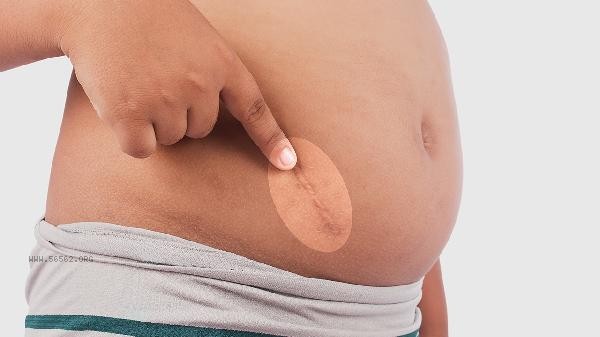Continuous bleeding from small wounds can be treated through five methods: direct compression, cleaning and disinfection, raising the affected limb, using hemostatic dressings, and seeking medical attention in a timely manner. The difficulty in stopping bleeding in wounds may be related to factors such as coagulation dysfunction, vascular damage, infection, drug effects, platelet abnormalities, etc.

1. Direct compression:
Press the wound tightly with clean gauze or sterile dressing for at least 10 minutes, avoiding frequent examination. Pressure can promote platelet aggregation to form temporary thrombosis, suitable for superficial capillary bleeding. If blood infiltrates the dressing, a new dressing should be added to continue pressing instead of replacing it.
2. Cleaning and Disinfection: After rinsing with physiological saline to remove foreign objects, use iodine or alcohol cotton balls to disinfect in a circular manner from the inside out. Wound contamination increases the risk of infection, leading to inflammation and delayed coagulation. Deep wounds should avoid rinsing with hydrogen peroxide to prevent tissue damage.
3. Raise the affected limb:
Raise the bleeding site above the level of the heart and use gravity to reduce local blood flow perfusion. Upper limb bleeding can be suspended in front of the chest, while lower limb bleeding requires lying flat and being elevated. Cooperating with compression method can reduce bleeding by more than 40%.

4. Hemostatic dressing:
Gelatin sponge or alginate dressing can accelerate thrombin activation. Hemostatic powder contains zeolite components that can adsorb water and concentrate coagulation factors, making it suitable for infiltrative wounds. Before use, it is necessary to confirm that there is no history of drug allergies.
5. Seek medical attention promptly: If bleeding persists after 30 minutes of compression, check for diseases such as hemophilia and cirrhosis. Accompanied by bruising, nosebleeds, or increased menstrual flow, it indicates a decrease in platelets. Long term use of aspirin and warfarin should be tested for four coagulation parameters.
Avoid vigorous exercise or soaking the wound within 24 hours after hemostasis, and keep the dressing dry. Increasing the intake of vitamin K, such as spinach and animal liver, can promote the synthesis of coagulation factors. Observe whether there are signs of infection such as redness, swelling, heat and pain in the wound, and pay special attention to the healing of diabetes patients. Prepare sterile gauze, elastic bandages and other emergency supplies on a daily basis, and regularly check the expiration date of household medicine box items. Avoid drinking alcohol and spicy food within two weeks after trauma to reduce the risk of vasodilation.









Comments (0)
Leave a Comment
No comments yet
Be the first to share your thoughts!